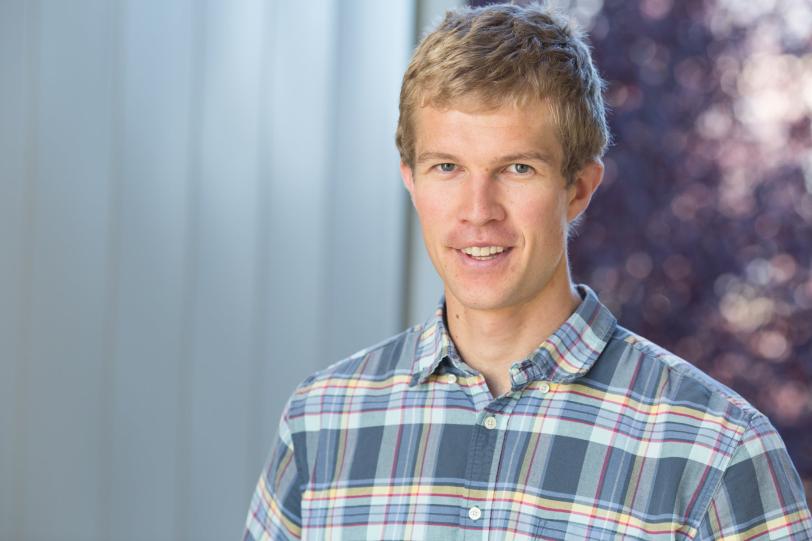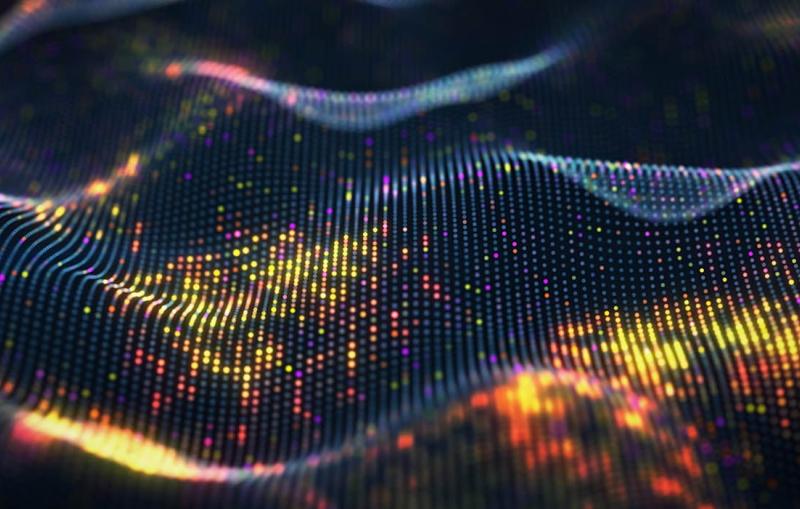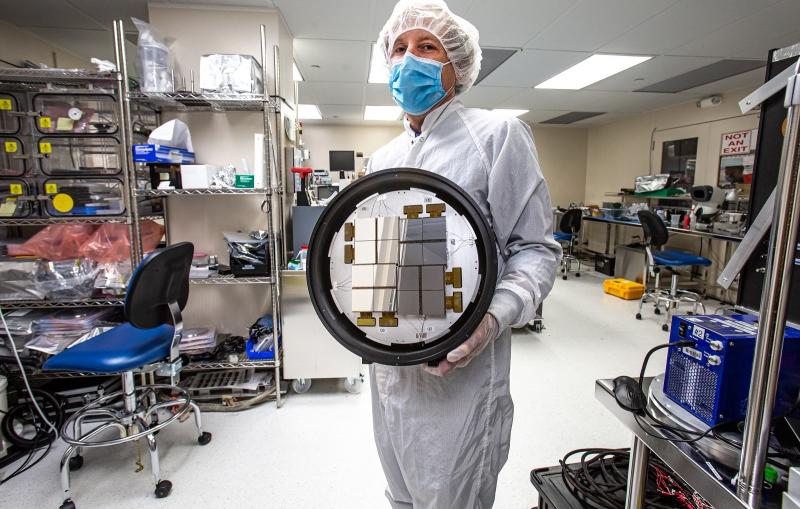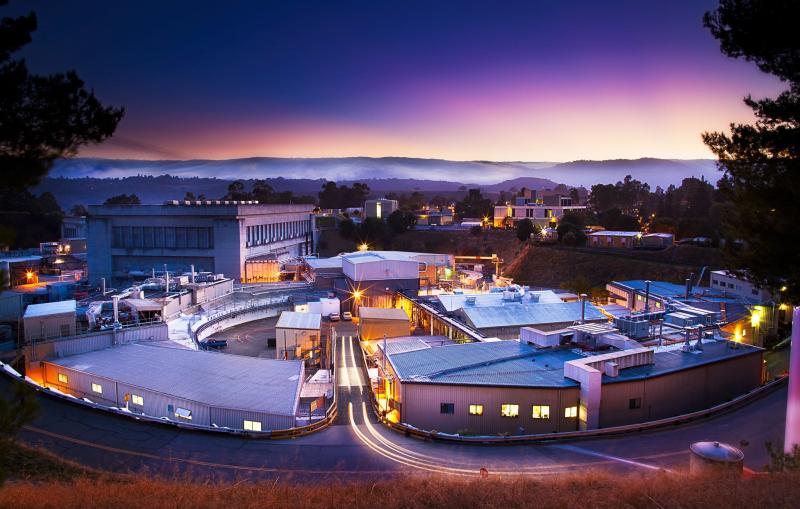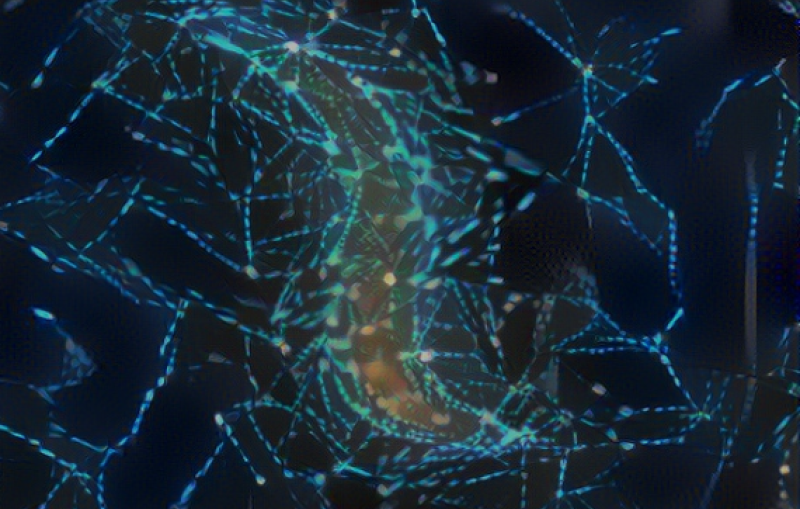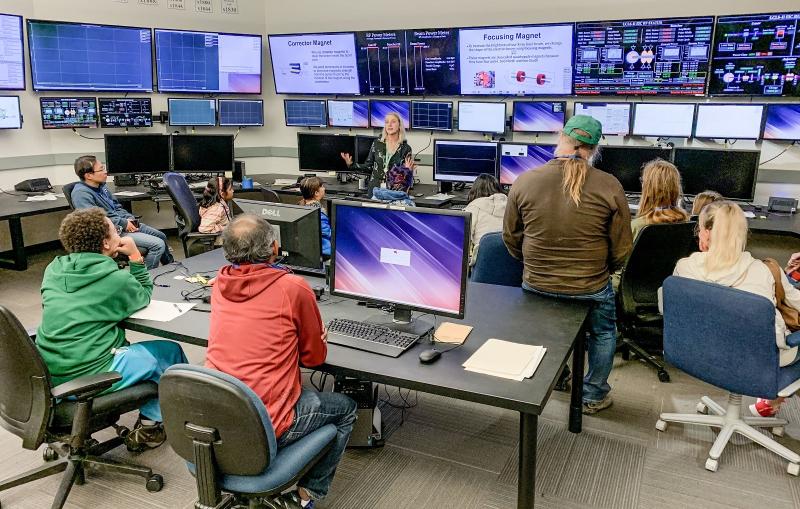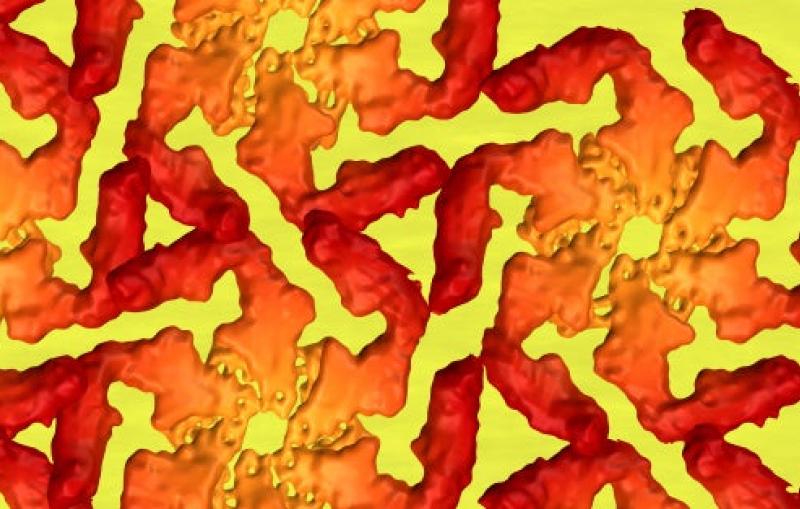Trevor Petach Receives 2016 Klein Award
Award Honors Accomplishments in Condensed Matter Physics and Electrochemistry at SSRL
Trevor Petach is the winner of the 2016 Melvin P. Klein Scientific Development Award – an annual prize recognizing outstanding research accomplishments by new investigators based on work performed at the Stanford Synchrotron Radiation Lightsource (SSRL) at the Department of Energy’s SLAC National Accelerator Laboratory.
Petach joined Stanford University’s Department of Physics as a PhD student in 2011.
“When I came to Stanford, I wanted to make practical devices for electronics or batteries,” Petach says. “And I realized that one important part of making interesting devices is understanding the fundamental science behind them.”
With his advisor, Stanford Professor of Physics and SLAC investigator David Goldhaber-Gordon, Petach began using synchrotron radiation at SSRL to study solid-liquid interfaces and how they change under the influence of a strong electric field. SSRL is a DOE Office of Science User Facility.
Their goal is to use ionic liquids to change the electronic properties of materials, such as turning metal oxides from insulators to conductors, and to understand what happens where solid and liquid meet in these systems.
“We’ve discovered some surprising things,” Petach says. “For example, the molecules in the liquid form ordered layers just above the surface, so the liquid is really acting like a solid. And these layers become more ordered if we apply an electric field.”
He adds that the work has broader implications, for example in battery research and electrochemistry, where scientists would like to better understand what happens at the surface of the electrodes when the battery charges and discharges.
The work required Petach and others to design and build a new type of experimental set-up at the synchrotron. This project took years, but they finally were able to obtain data that showed why the ionic liquids are so effective at changing the electronic properties of some materials.
In a recommendation letter for the award, SSRL distinguished scientist Michael Toney acknowledged Petach for improving equipment and methods at the synchrotron.
“I have been surprised on several occasions to find Trevor at a beamline (often at night or weekends) testing some instrumentation, debugging a beamline setup or just helping someone with an experiment,” Toney wrote.
Goldhaber-Gordon submitted another nomination letter for the award. He wrote that Petach stands out among students because of “his independence and ability to define and drive forward projects.”
“Trevor is a budding star: passionate about advancing scientific knowledge and uncompromising in standards of evidence, skillful and determined in experimental work, incisive in experimental design and analysis,” Goldhaber-Gordon wrote.
The Klein Award will be presented during the 2016 LCLS/SSRL Annual Users' Meeting and Workshops at SLAC. Petach will receive a certificate and $1,000 to share his work at a scientific conference. The award is named after Melvin Klein, a pioneer in spectroscopy at SSRL.
Contact
For questions or comments, contact the SLAC Office of Communications at communications@slac.stanford.edu.
SLAC is a multi-program laboratory exploring frontier questions in photon science, astrophysics, particle physics and accelerator research. Located in Menlo Park, Calif., SLAC is operated by Stanford University for the U.S. Department of Energy's Office of Science.
SLAC National Accelerator Laboratory is supported by the Office of Science of the U.S. Department of Energy. The Office of Science is the single largest supporter of basic research in the physical sciences in the United States, and is working to address some of the most pressing challenges of our time. For more information, please visit science.energy.gov.
